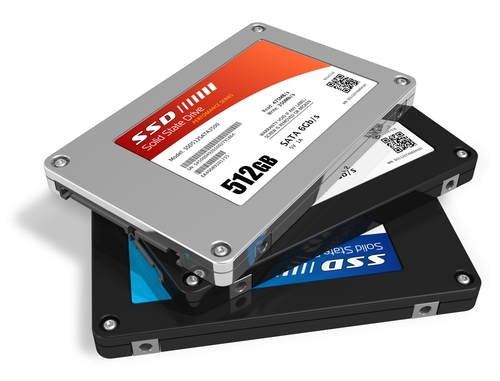
Are solid-state drives getting to the point where they are more economically feasible than hard drives? It depends on what data center operators are looking for in mass storage devices.
At first glance, the answer would appear to be no. Even though the price of solid-state drives has fallen fairly significantly in the past few years, each individual drive still costs more per gigabyte of data storage than a hard drive.
However, while this may be an important factor for individual consumers who are looking to switch out their desktop computer drives, data center operators have much more to consider. These facilities require a significant amount of energy to cool, which costs money. One of the main advantages of solid-state drives is that they run much cooler than hard drives.
There are also replacement costs to consider. Lengthy studies have shown that while hard drives are generally fairly reliable within the first three to five years of operation, their failure rate begins to tick upward after that point. Replacing failed hard drives can be a costly prospect on a large scale. Meanwhile, while it is true that solid-state drives have limited read-write cycles, the technology has improved to the point where they are generally believed to outlast hard drives. More importantly, the lack of moving parts on solid-state drives greatly reduces the chance of random mechanical failure. Finally, improved read/write speeds of solid state drives may provide improved storage performance depending on the storage architecture.
Perhaps data centers are not ready to use solid-state drives entirely, but they may be an excellent option to complement existing hard drives. A tiered storage architecture of solid state and traditional hard drives may offer some financial and performance advantages, particularly when cooling strategies are taken into account. Storage design considerations should be made with this possibility in mind.

